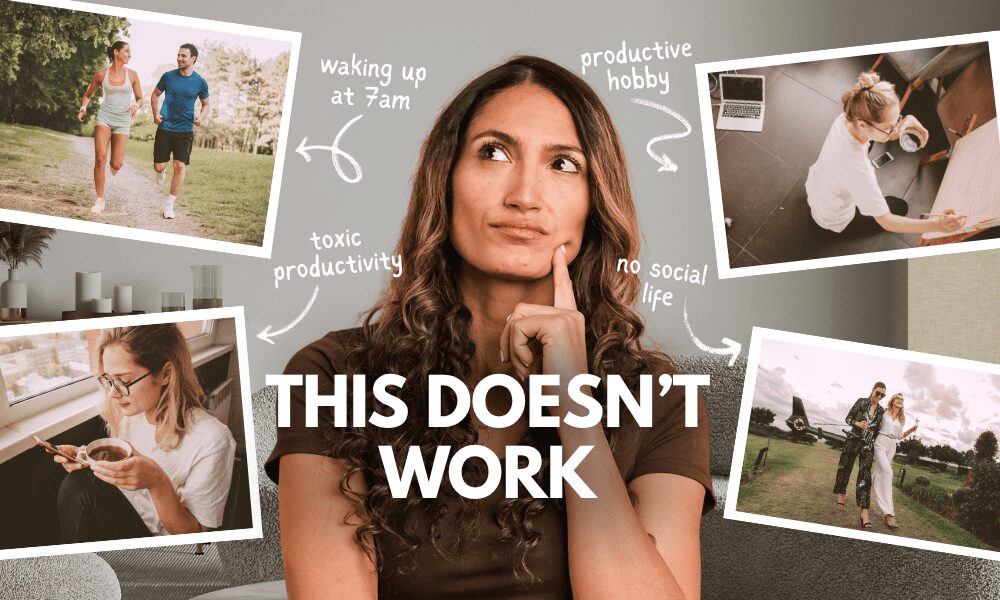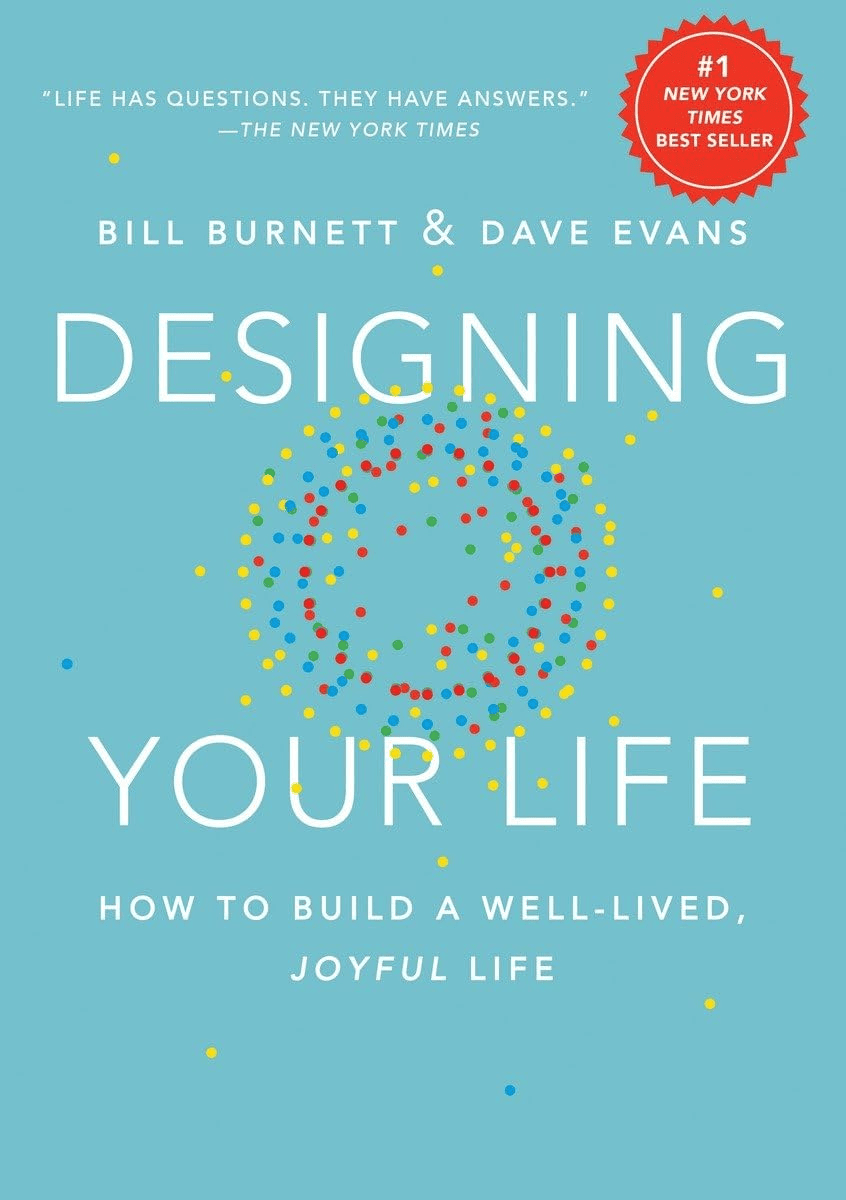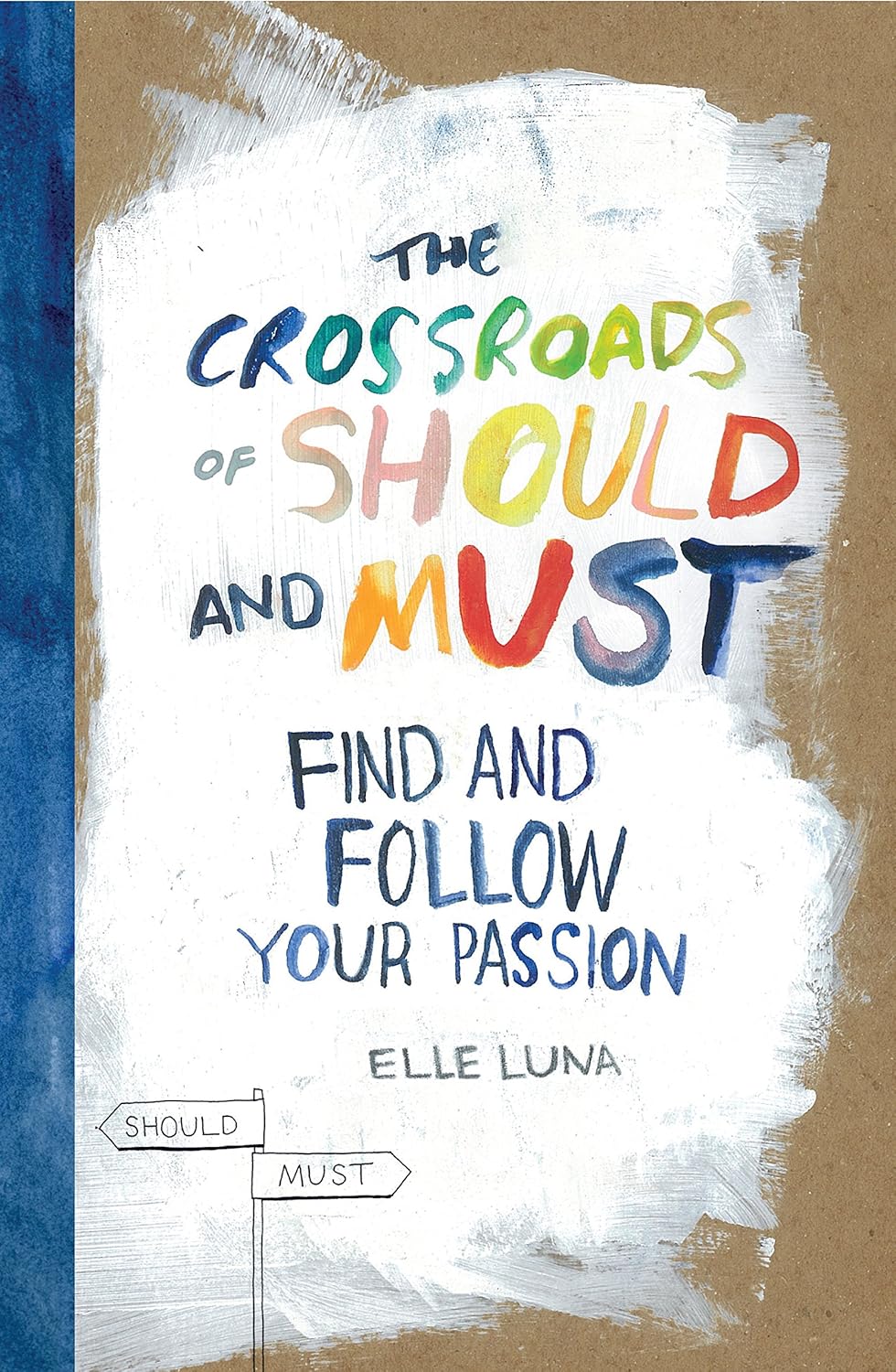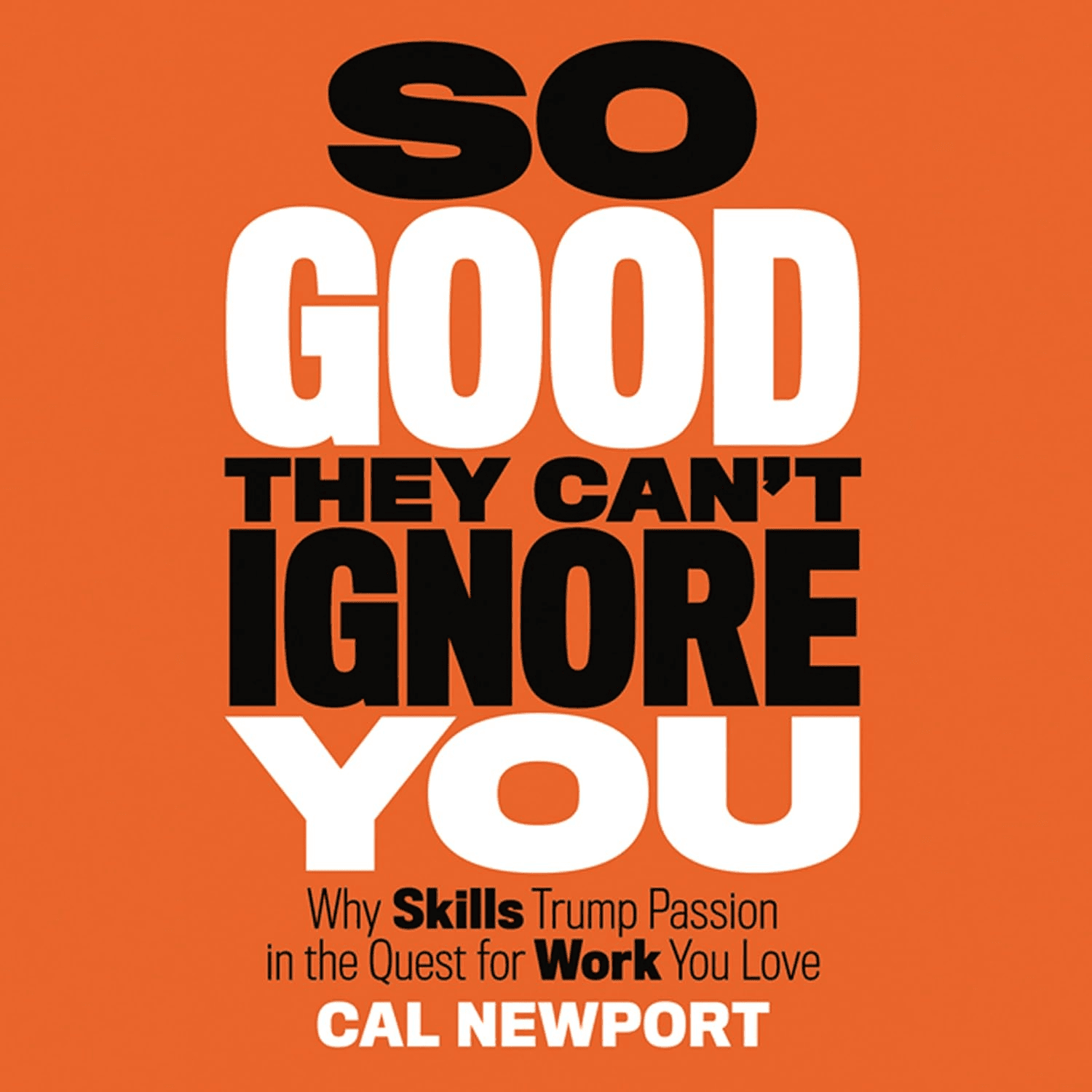Feeling completely lost about what to do with your life? You’re not alone, and more importantly, you are not broken. This isn’t another ‘follow your passion’ pep talk, but a practical, step-by-step system that thousands have used to find genuine direction.
Whether you’re 22 and paralyzed by endless possibilities, or 45 and questioning every career choice you have made, the overwhelming question What should I do with my life? hits harder than most people admit. The good news? There’s a systematic way to answer it that doesn’t involve vision boards or meditation retreats (though those are fine too).
This framework has helped everyone from recent graduates to mid-career professionals find meaningful work that aligns with their skills, values, and real-world constraints. No fairy tales, no impossible standards—just actionable steps you can start taking today.
Why This Question Haunts Us
That annoying feeling of being lost about life direction is more common than you might think. Many people experience periods where they question their career path and life choices—it’s a natural part of personal growth and evolution.
Social media amplifies these feelings by constantly showing us highlight reels of people who seem to have everything figured out. The influencer who found their calling at 25, the entrepreneur who turned passion into success, these curated stories create unrealistic expectations and make normal uncertainty feel like personal failure.
Here’s the reality very few talk about: most successful people discovered their path through experimentation, not overnight revelation. They used practical systems, exactly like the one you’re about to learn, to navigate uncertainty and make strategic decisions.
The 4 Pillars of Life Direction
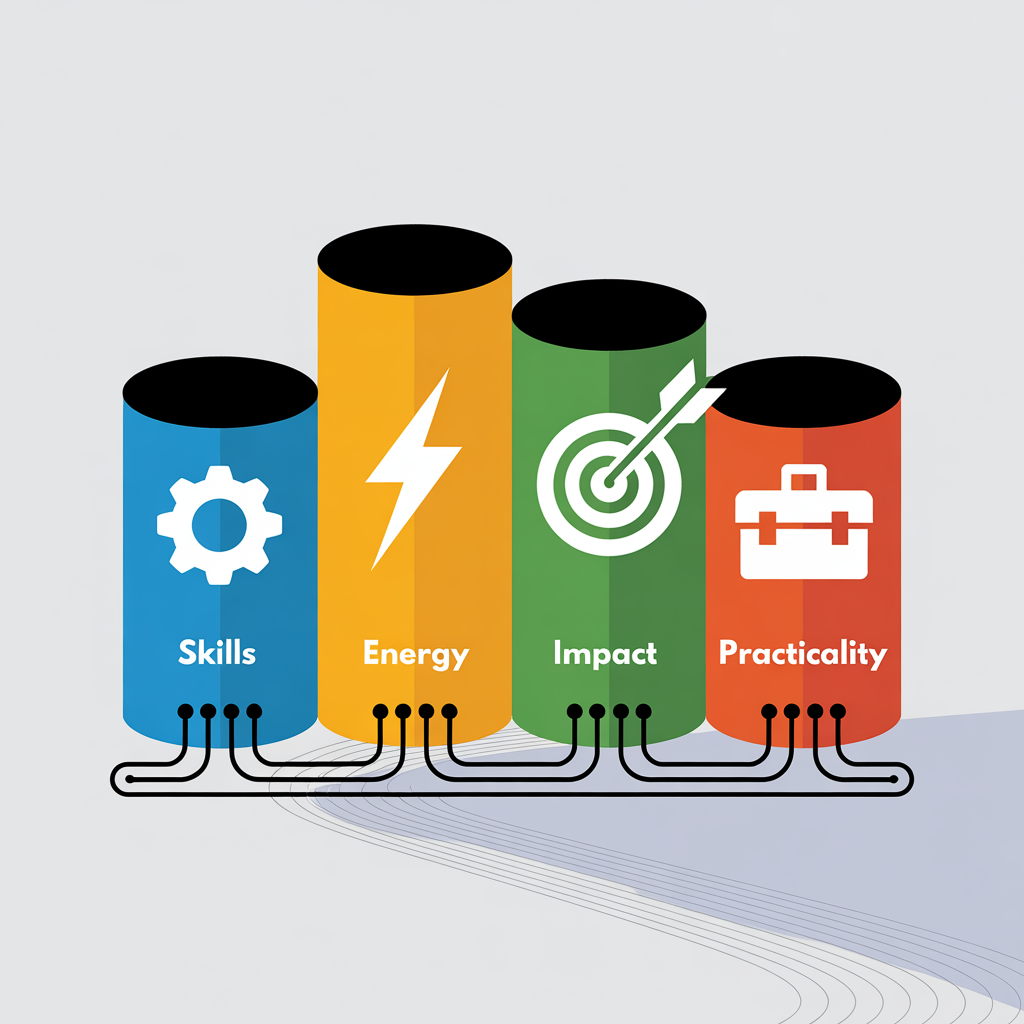
Before diving into specific career choices, you need a solid foundation. These four pillars will guide every decision you make about your professional and personal direction.
1. The Skills Inventory
Start with what you’re actually good at, not just what you think you are passionate about. Passion without competence leads to frustration, but competence can lead to passion over time.
Create a comprehensive list of your skills across three categories:
- Technical skills: Software, tools, methodologies you’ve mastered
- Soft skills: Communication, leadership, problem-solving abilities
- Transferable skills: Project management, client relations, data analysis
Don’t just list them, rank them. Which skills do you use most effectively? Which ones do others consistently ask you for help with? These insights often reveal career paths you hadn’t considered.
2. The Energy Map
Track what drains versus sustains you over two weeks. Note activities, environments, and types of interactions that leave you energized versus exhausted.
Look for patterns in when you experience flow state, that feeling where time disappears and work feels effortless. These moments are goldmines for identifying work that won’t feel like work.
Consider environmental factors too. Do you thrive in bustling offices or quiet home workspaces? Do you prefer structured schedules or flexible timelines? These preferences significantly impact job satisfaction and performance.
3. The Impact Compass
Define what problems you want to solve and how you want to contribute to the world. This doesn’t have to be grandiose—helping small businesses streamline their operations is as valuable as ending world hunger.
Consider both legacy impact (what you want to be remembered for) and daily satisfaction (what makes each workday meaningful). Sometimes these align perfectly, sometimes they require balance.
Think about scale, too. Do you want to influence thousands of people indirectly, or work closely with a smaller group? Both paths have merit, but they lead to very different career choices.
4. The Practical Reality Check
Dreams need to meet reality. Assess your financial requirements honestly:
- Minimum income needed: Bills, debt payments, basic living expenses
- Desired income level: Lifestyle goals, savings targets, family needs
- Timeline constraints: How quickly you need to transition or increase income
Factor in your risk tolerance. Can you take a 50% pay cut to pursue something you love? Do you have savings to support a career transition? Are you supporting dependents who rely on your income stability?
This isn’t about being pessimistic—it’s about being strategic. Understanding your constraints helps you make realistic plans rather than impossible leaps.
The Career Decision Matrix
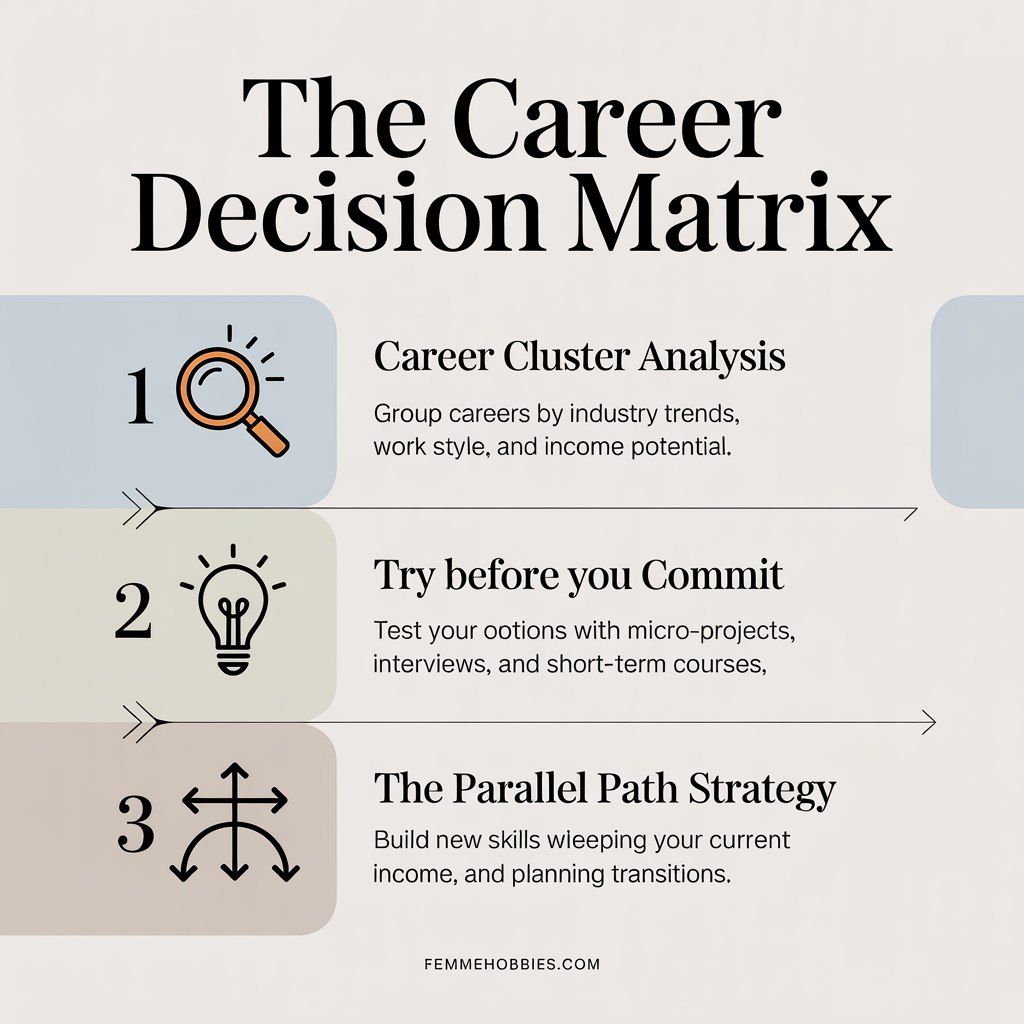
Once you have established your foundation, use this systematic approach to evaluate potential career paths.
Step 1: The Career Cluster Analysis
Group potential careers into clusters based on:
- Industry growth trends: Research job market projections and emerging fields
- Work environment preferences: Remote, office, hybrid, or field-based work
- Income potential: Both starting salaries and long-term earning potential
Create a simple spreadsheet with careers in rows and these factors in columns. Score each combination from 1-5 to identify the most promising clusters.
Step 2: The Try Before You Commit Approach
Before making major career changes, test your assumptions through:
Micro-projects: Take on small freelance projects or volunteer work in your target field. This gives you real experience without major commitment.
Informational interviews: Reach out to professionals in roles that interest you. Most people are happy to share their experiences over a 20-minute coffee chat.
Skill-building experiments: Take online courses, attend workshops, or shadow professionals to get hands-on experience with daily tasks in potential careers.
Step 3: The Parallel Path Strategy
Reduce risk by building new skills while maintaining current income:
- Keep your day job while developing expertise in your target field
- Use side hustles as testing grounds for business ideas or new career directions
- Plan phased transitions with specific milestones and fallback options
This approach works particularly well for those wondering what to do with their life at 30 or older, when financial responsibilities make dramatic career changes more challenging.
Age-Specific Guidance
I am 30 and Don’t Know What to Do With My Life
Your twenties gave you valuable experience, even if it doesn’t feel like it. You’ve learned what you don’t like, developed transferable skills, and gained self-awareness that teenagers lack.
Use this decade for strategic career building. You have enough experience to make informed decisions, but enough time to make significant changes. Focus on:
- Leveraging existing skills in new contexts
- Building on your professional network
- Taking calculated risks while you have fewer dependents
What to Do With My Life at 40
Mid-career transitions can feel daunting, but you have significant advantages: established expertise, professional networks, and clearer self-knowledge.
Your approach should emphasize:
- Transferring existing skills to new industries rather than starting from scratch
- Using your network to access opportunities and get insider perspectives
- Planning transitions financially—you likely have more responsibilities, but also more resources
Emergency Protocol: When You’re Completely Lost
If you’re thinking, I have absolutely no idea what to do with my life, start with this 7-day jumpstart plan:
Day 1-2: Complete the skills inventory and energy mapping exercises above
Day 3-4: Research three careers that use your top skills
Day 5: Conduct one informational interview or connect with someone in a target field
Day 6: Take a skills assessment quiz online to identify potential blind spots
Day 7: Create a 30-day learning plan for the most promising direction
This breaks decision paralysis by creating momentum through small, manageable actions.
The 90-Day Experiment Method
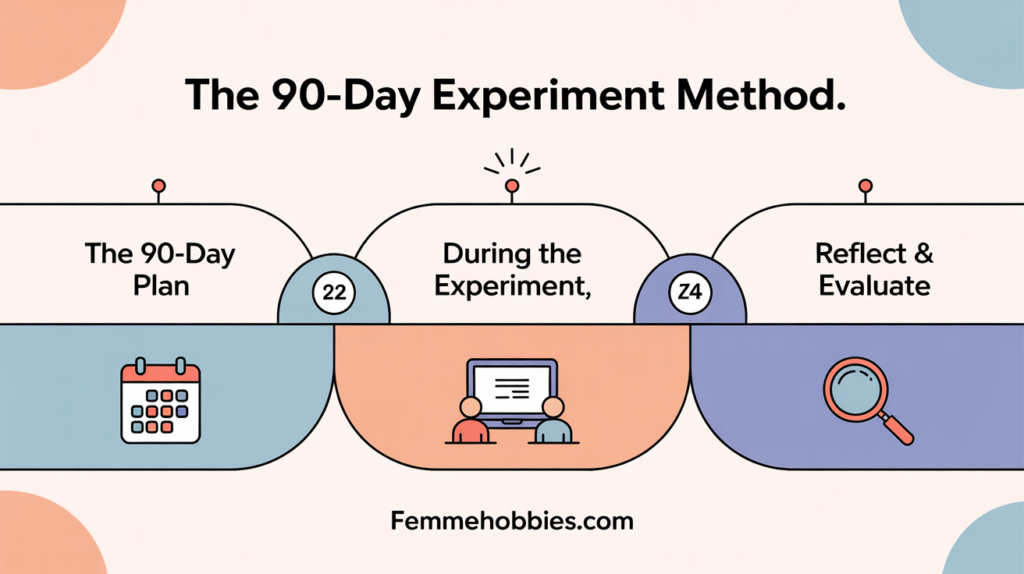
Instead of trying to plan your entire future, commit to 90-day experiments. Pick one potential direction and spend three months:
- Learning relevant skills through online courses or workshops
- Networking with professionals in the field
- Completing small projects or volunteer work
- Tracking your energy levels and satisfaction
At the end of 90 days, evaluate:
- Did you enjoy the work more than expected?
- Do you see realistic paths for income and growth?
- Are you energized or drained by activities in this field?
Use these insights to either double down on this direction or pivot to the next experiment.
Building Your Personal Advisory Board
Don’t navigate major life decisions alone. Create a diverse group of advisors:
- Industry insider: Someone working in your target field who can provide realistic perspectives
- Career strategist: A mentor who’s successfully navigated multiple career transitions
- Financial advisor: Someone who can help you plan transitions without destroying your financial stability
- Personal cheerleader: A friend or family member who believes in your ability to succeed
Meet with each advisor monthly during transition periods, and quarterly for ongoing guidance.
Quarterly Life Reviews
Every three months, assess your progress and satisfaction:
- What’s working well in your current situation?
- What needs to change or improve?
- What opportunities are emerging?
- What skills need development?
Use these reviews to make small course corrections rather than waiting for major crises to force big changes.
Helpful Resources for Your Journey
While the framework you have just learned provides a complete system for finding your direction, sometimes additional perspectives can offer valuable insights and reinforcement. Here are some widely recognized books that beautifully complement different parts of this approach:
Designing Your Life by Bill Burnett & Dave Evans – Excellent for the career cluster analysis phase, with practical design thinking exercises
The Crossroads of Should and Must by Elle Luna – Perfect companion for the impact compass work, helping you distinguish between expectations and authentic desires
So Good They Can’t Ignore You by Cal Newport – Ideal for the skills inventory section, emphasizing how competence builds passion over time
Note: We may earn a small commission if you purchase through these links at no extra cost to you, which helps support our work in creating comprehensive guides like this one.
Your Next Steps Start Now
The question of what I should do with my life doesn’t have a single, permanent answer. It’s an ongoing conversation between your evolving skills, changing interests, and shifting life circumstances.
Start with the skills inventory and energy mapping exercises this week. They’ll give you concrete data to work with rather than abstract worries. Then pick one career cluster to research through informational interviews or online exploration.
Remember: you don’t have to figure everything out at once. You just need to take the next right step, then the next one after that. The path reveals itself through walking, not through perfect planning.
The framework works, but only if you work the framework. Your future self is counting on the decisions you make today.

